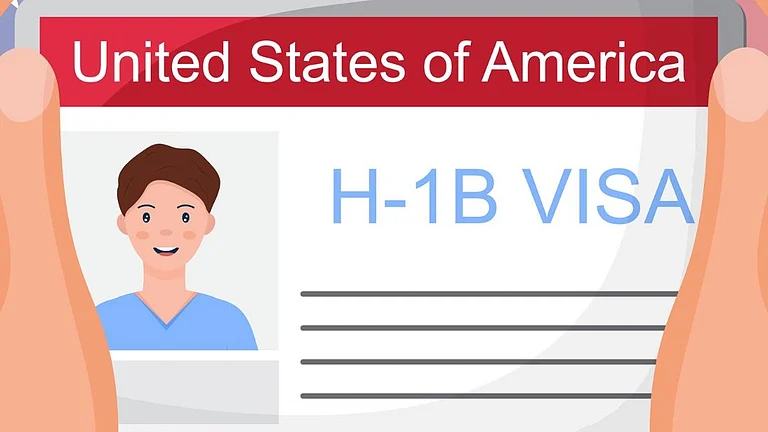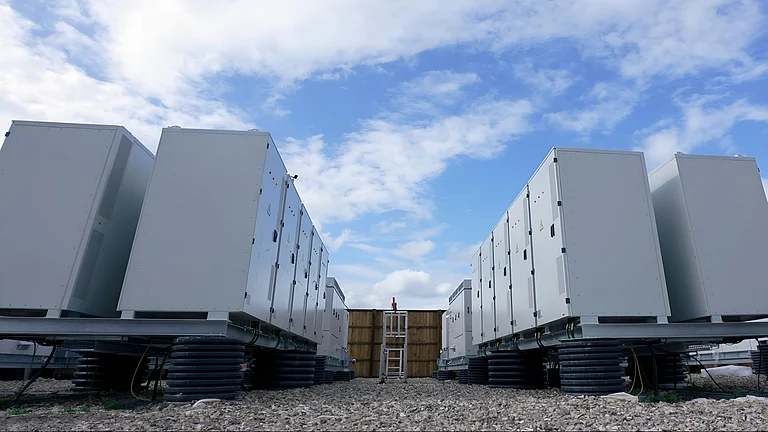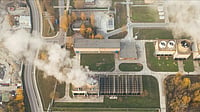Invisible barcodes are emerging as a game-changer in the packaging industry’s quest for sustainable solutions, and how? Based on concealed digital markers that pack in all the product information, this innovation is set to elevate recycling systems, reduce packaging waste and enhance supply chain transparency. This win-win solution promises to benefit both consumers and brands and could herald a greener future is adopted across the industry.
Invisible barcodes help the packaging industry address its biggest problem, which is the contamination of recyclable materials with non-recyclables, rendering whole batches unusable. The limited information embedded in traditional barcodes, usually printed on product labels, makes it difficult for sorting systems to read the materials recovery facility level accurately.
Incorporated into packaging as digital watermarks, invisible barcodes, as the name suggests, are ‘invisible’ to the naked eye, but can be read by sophisticated sorting machines. The detailed information captured in them about the composition of the packaging material increases the accuracy of sorting by automated systems and reduces overall waste. It improves the quality of recycled materials as well.
A pilot project led by the European Brands Association (AIM), HolyGrail 2.0, tested this technology on various packaging materials, including plastics and cardboard. The results were impressive, with an extremely high level of sorting accuracy shown for recyclable materials. At scale, this technology could significantly cut packaging waste that ends up in landfills or incinerators.
Besides addressing improved recycling, invisible barcodes enhance supply chain transparency. As pressure intensifies from consumers and regulators for supply accounting and end-of-life accountability, invisible barcodes are clearly the way to go.





























